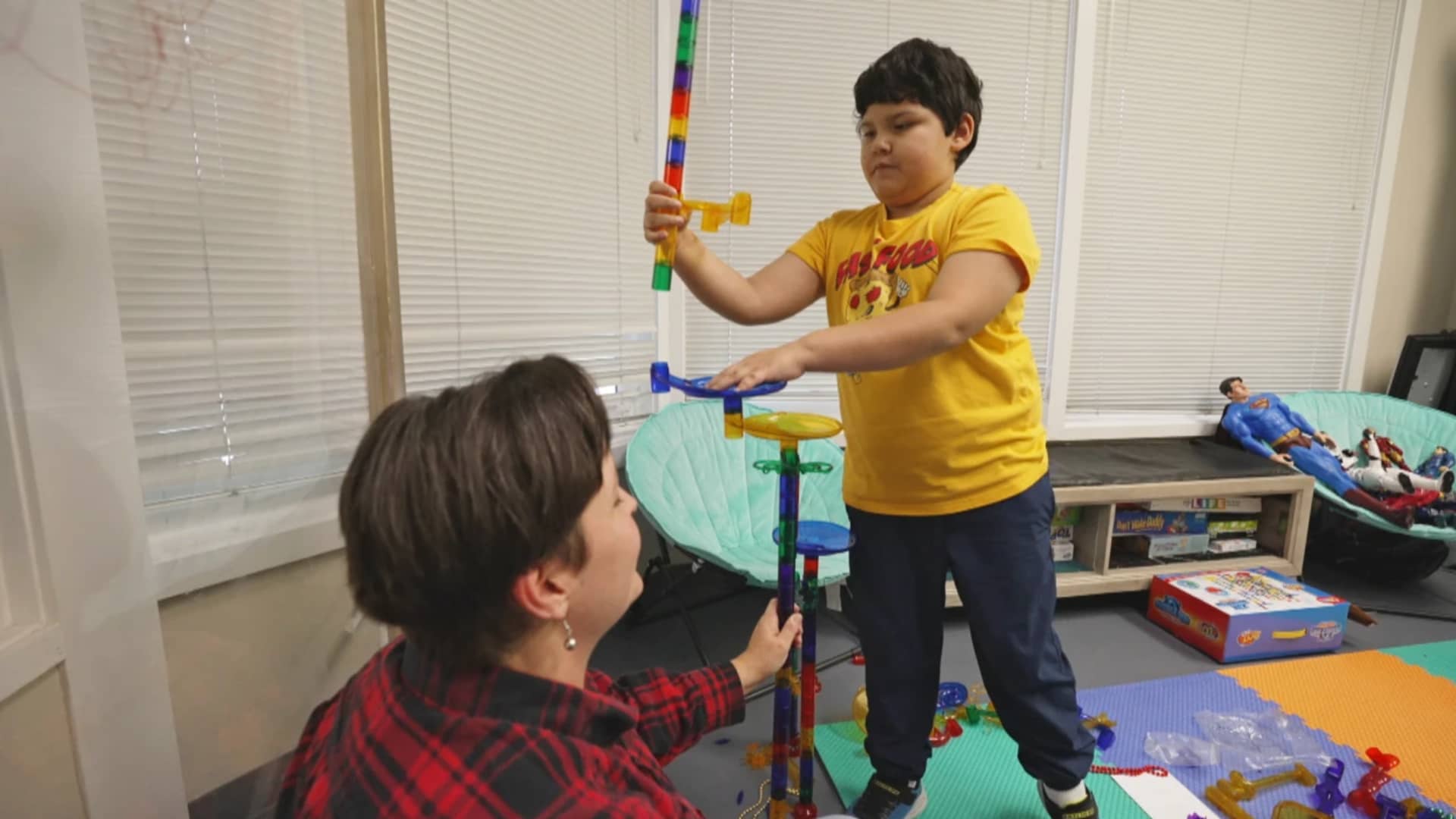A disease that is more commonly associated with the trenches of the First World War, and can sometimes be found in refugee camps, has been detected in several patients in Alberta who received organ transplants.
Bartonella quintana, an infection caused by body lice, has been found in seven organ transplant recipients in Alberta since 2022, according to Dr. Dima Kabbani, a transplant infectious disease physician who treated the patients.
“It was quite alarming to us, especially that we know that this bacteria can cause a more serious type of infection because sometimes it can affect your heart valve or it can affect some of the major organs,” Kabbani said.
“We were surprised to see that type of infection in Alberta.”
The disease, which presents as skin lesions, was transferred to organ recipients from their donors, all of whom were people who had been living with homelessness and who had been infected themselves.

“It signals that the bacteria is actually around individuals who are unhoused. So it tells you about a bigger public health problem,” Kabbani said.
“If these individuals had access to just water to wash their clothes, or to shower, then we should not have been seeing this type of infection in people who are unhoused in Alberta.”
Kabbani said she alerted Health Canada, which said it could not respond to CBC News by deadline. Kabbani recently authored an article for the American Journal of Transplantation as a way to alert other transplant programs across Canada and around the world.
As for the patients, Kabbani said all seven were treated with antibiotics and have recovered.
Alberta health officials say seven people have been infected by Bartonella quintana, also known as ‘trench fever’ since 2022— all of them organ recipients who were experiencing homelessness. Experts are now screening unhoused donors and recipients to stop the spread.
Dr. Carl Boodman, an infectious disease doctor and microbiologist, who authored a review article for Open Forum Infectious Diseases on the Alberta cases, said the disease does not often show up in transplant situations.
“This is new…. This has not really been described before. Or if it has been described, it’s been described extremely rarely,” he said.
However, he stressed that the organ transplants are critical for the patients.
“We don’t intend for these cases to limit organ transplantation. That is a life-saving service for many people,” he said.
“What we hope is that donors who have risk factors for bartonella quintana are recognized early so that people might know that the recipients may be at increased risk.”
Organizations not surprised
News of the situation is not surprising to Marliss Taylor, a registered nurse and director of Streetworks, an Edmonton harm reduction program.
“When there are not a lot of shower spaces available, or the ability to get clean clothes, it can make it very difficult to maintain your hygiene in any way,” she said.

A hygiene hub in Edmonton with washrooms and showers shut down at the end of August.
“It’s the loss of another resource that people would use in order to be able to maintain their own cleanliness,” Taylor said.
Tricia Smith, executive director of Radius Community Health and Healing in Edmonton, said body lice has been found in homeless populations.
“Until there’s a real concerted effort, consistent effort on a population level, that’s what we’ll continue to see,” she said.
New AHS guidelines
Alberta Health Services did not make anyone available for an interview.
In a statement to CBC News, AHS said its donation and transplant programs prioritize the safety and well-being of both donors and recipients.
“New guidelines now ensure that both unhoused donors and their recipients are tested at three-, six- and 12-months post-transplant,” the statement reads.
Kabbani said she thinks the scenario could become more common going forward.
“With the problem with drug overdose in North America, we’re seeing a lot more donors that die from overdose and these individuals, because of their addiction, sometimes these individuals are unhoused or they don’t have stable housing so they are at more risk of getting infected,” she said.







